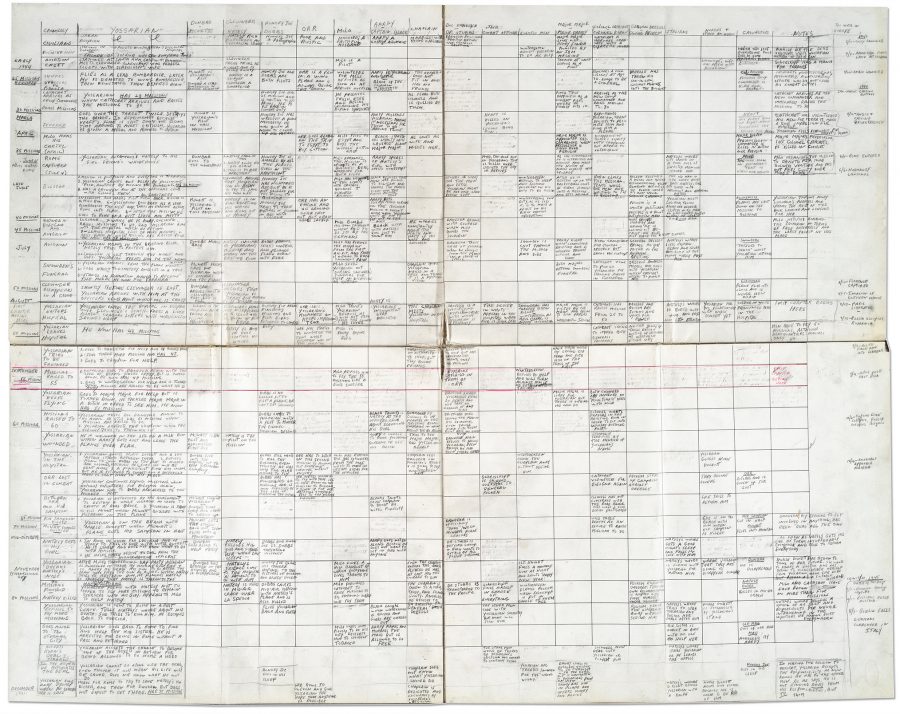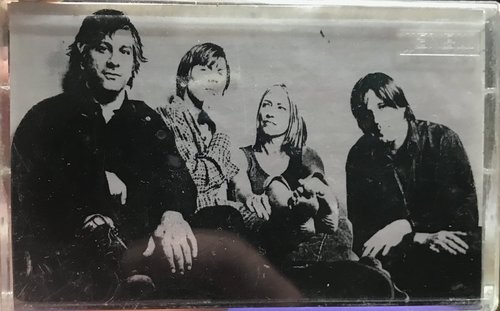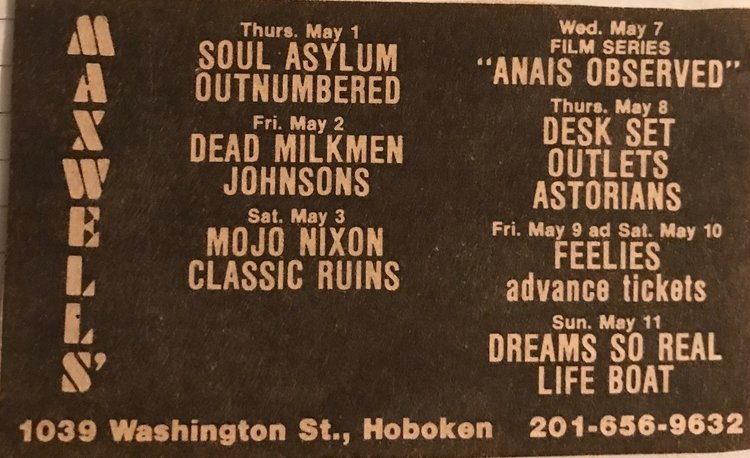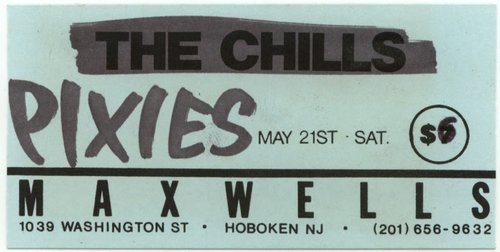Rare exceptions may only underline the rule: a good rock riff should be simple, primal—two, three, maybe four notes. What makes a riff so distinctive you can’t stop humming it in the shower? Personality. Bends, slides, double-stops, etc, put in exactly the right places. How do you write such a riff? Given how most famous guitar players talk about it: entirely by accident, a frustrating answer for would-be hitmakers, though it shouldn’t stop anyone from trying. The best riff-writers wrote hundreds of riffs before they stumbled upon that just-right collection of notes. Or they just ripped off a lesser-known riff and made it their own. All’s fair in love and riffs.
Articulating what we already intuitively know, Chicago Tribune critic Greg Kot writes at BBC.com, “a riff, when done right, can shape a song and often rule it. It’s a brief statement—sometimes only a handful of notes or chords—that recurs throughout the arrangement and can become the song’s central hook. Many of the greatest songs of the rock era begin with a riff—the Rolling Stones ‘(I Can’t Get No) Satisfaction,’ Deep Purple’s ‘Smoke on the Water,’ Aerosmith’s ‘Walk this Way,’ The Smith’s ‘How Soon is Now,’ Nirvana’s ‘Smells Like Teen Spirit,’ The Isley Brother’s ‘Who’s that Lady?’ And when done that spectacularly, the riff becomes the core of the tune, its most memorable feature when listeners play it back in their head.”
Indeed, so central is the riff to the catchiness of a song that one could write an entire history of rock ‘n’ roll in riffs, which is exactly what Alex Chadwick has done in the video above, opening with the groovy jazz lick of 1953’s “Mr. Sandman” and wrapping up with St. Vincent’s “Cruel.” Though the more recent riffs might elude many people—having not yet become classic rock hits played at hockey games—nearly all of these 100 riffs from 100 rock ‘n’ roll songs will be instantly familiar. The video comes from music store Chicago Music Exchange, where employees likely hear many of these tunes played all day long, but never in chronological succession with such perfect intonation.
And lest we think guitarists deserve all the riffage glory, the folks at Chicago Music Exchange put together a follow-up video of 100 bass (and drum) riffs, “A Brief History of Groove.” Here, bassist Marc Najjar and drummer Nate Bauman cover 60 years of music history in under 20 minutes. As noted a few years back, these impressive medleys were performed “in one continuous take.” See the full guitar riff tracklist here and bass riff tracklist here.
Related Content:
The Evolution of the Rock Guitar Solo: 28 Solos, Spanning 50 Years, Played in 6 Fun Minutes
The History of Rock Told in a Whirlwind 15-Minute Video
Josh Jones is a writer and musician based in Durham, NC. Follow him at @jdmagness








